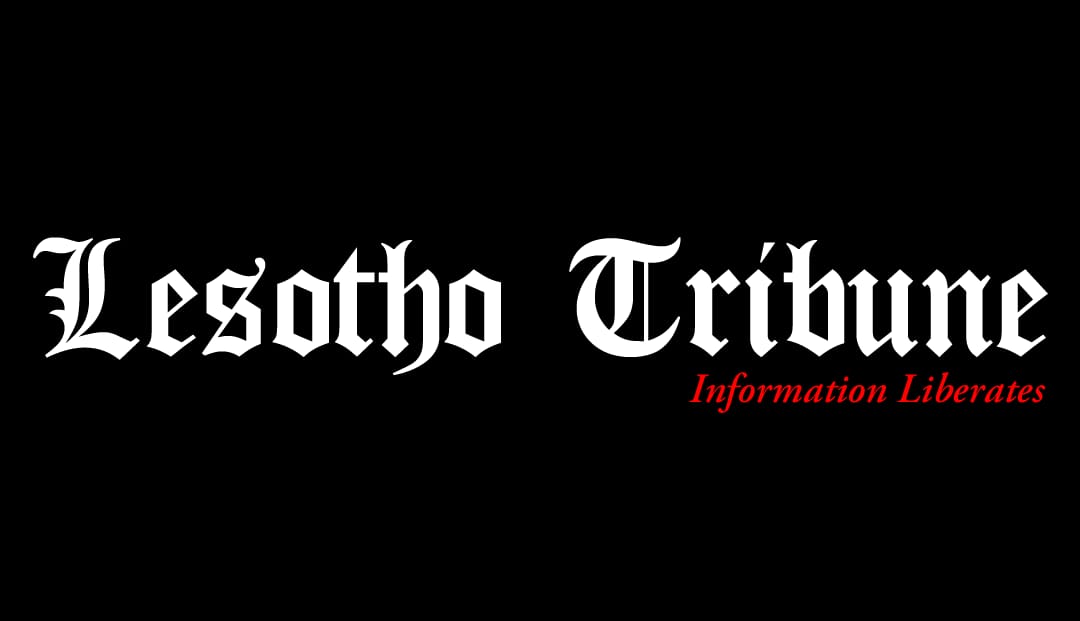In this week’s analysis we zoom in on the study commissioned by Lesotho Water and Electricity Authority (LEWA). The study was intended to establish the impact of the lifeline tariffs for electricity and water supplies in Lesotho.
Our analysis will be divided in three parts, Part 1: how lifeline tariff is bankrupting LEC, Part 2:diagnosis of LEC’s real problems and Part 3: A 2002 act will sink LEC in couple of years
The report focused on the Electricity Supply Industry (ESI) while a second report focuses on the Urban Water and Sewerage Services (UWSS).
In today’s issue we zero-in on what REAL issues are in relation to LEC and its ability to fully meet its mandate. We believe the political noise surrounding LEC challenges are not real…rather a short – term reactionary views, synonymous with our political environment.
Part 2: diagnosis of LEC’s real problems
The real challenges facing Lesotho Electricity Company can be summarised by the below:
- Incorrect application of lifeline tariff by LEWA
- Government of Lesotho policies
- Bulk power imports
Incorrect application of lifeline tariff by LEWA
The Cost of Service Study (CoSS) that recommended the introduction of a lifeline tariff included the recommendation to recover the income lost through higher tariffs at higher levels of consumption.
The negative impact of the lifeline tariff on LEC financial performance took place because this cross-subsidy was not implemented. The failure to implement the cross-subsidy also leads to errors of inclusion for higher-consumption domestic customers who benefited even though the majority do not fall under the ‘poor and vulnerable’ category.
This support needed to be targeted and limited to avoid subsidising users who are able to pay (i.e., not electricity or energy poor). The CoSS, based on the poverty line, recommended a lifeline tariff of 0.5 to 0.6 M/kWh (2017/18 tariffs) for a threshold of up to 30 kWh/month, which was 35%-42% lower than the existing domestic tariff of 1.37 M/kWh.
To cross-subsidize the lifeline consumption and hence maintain the financial standing of the utility company, the CoSS recommended that other tariffs would need to increase. The recommended standard domestic tariff would need to increase to 1.79 M/kWh with subsequent inflationary adjustments as demonstrated by Figure 46.
Tariffs for all other customer categories would require an uplift of 4.5%, as shown in Figure 47. Comparing both Figure 46 and Figure 47, it is evident that the biggest discrepancy for cross-subsidizing the lifeline tariff has been in the domestic customer category, with the implemented standard domestic tariff falling short of the recommended values by around 25% to 30%.
This story is not free to read…






